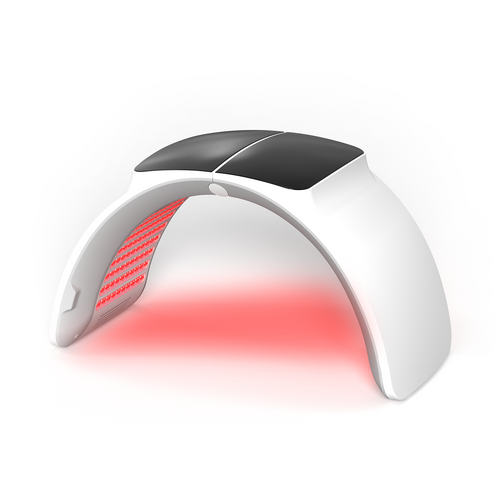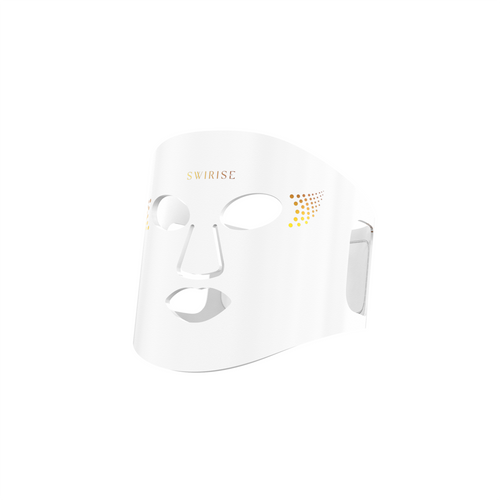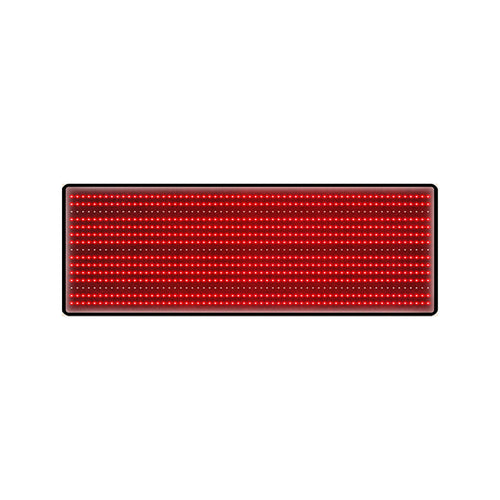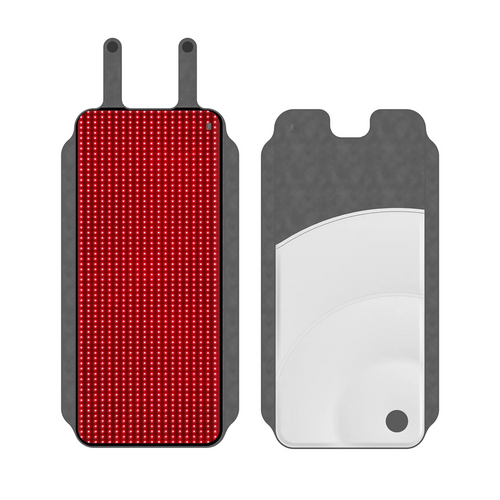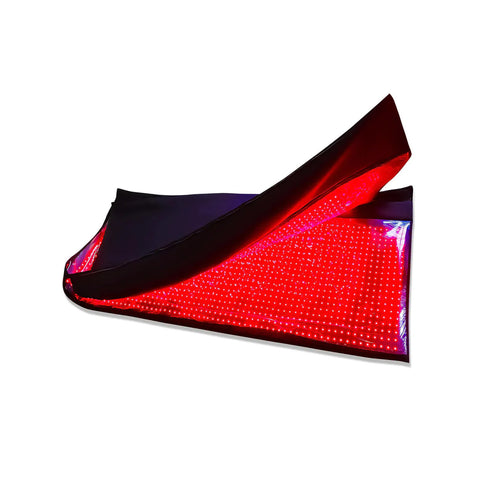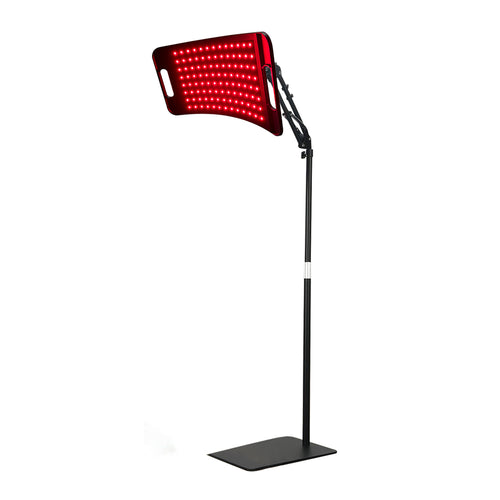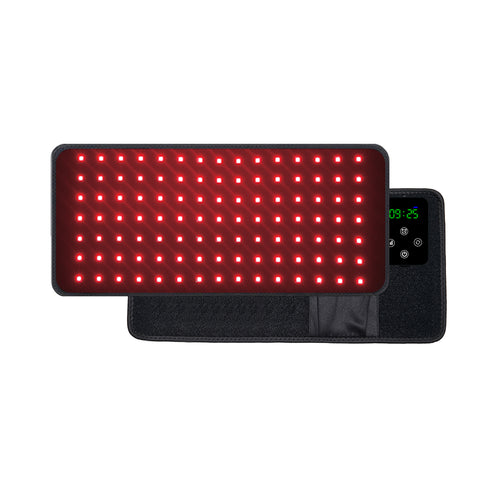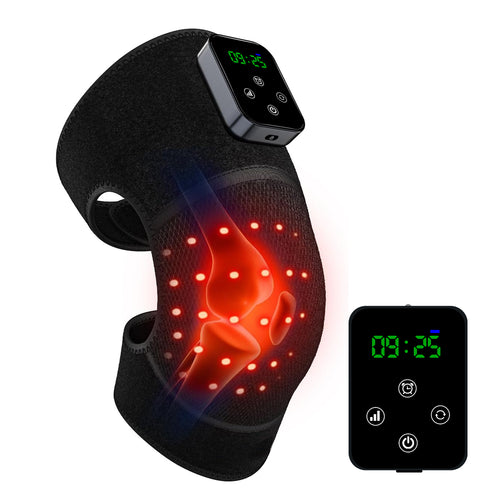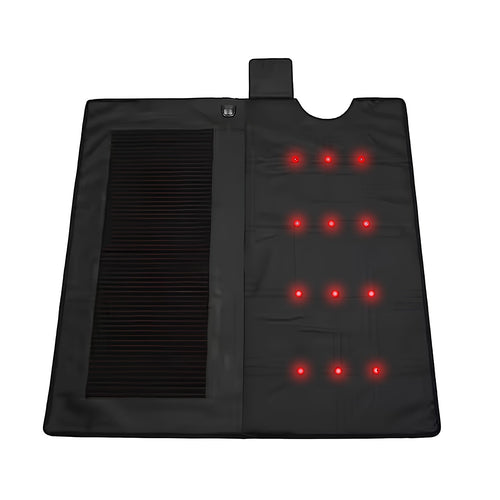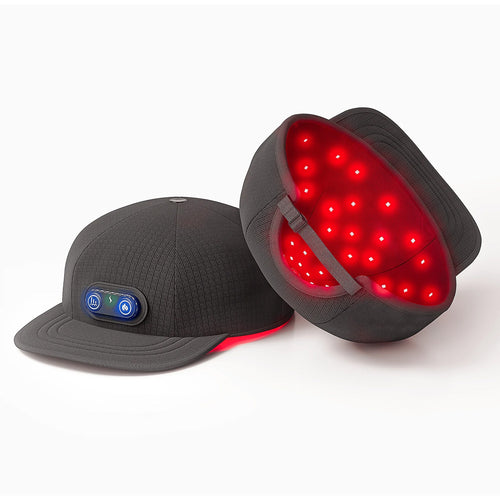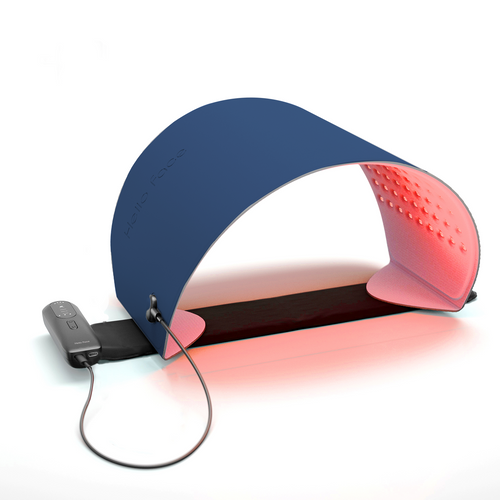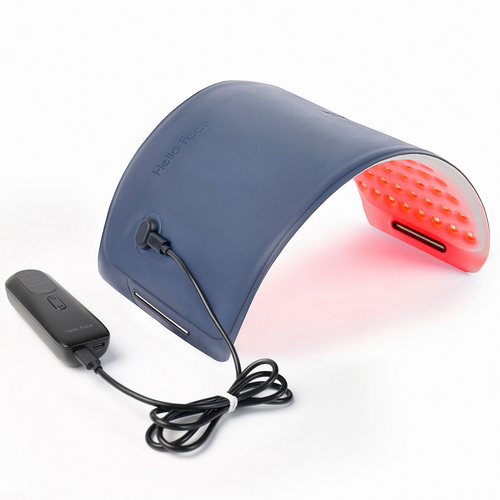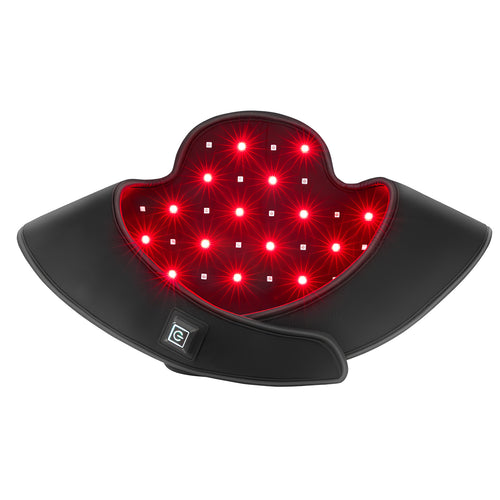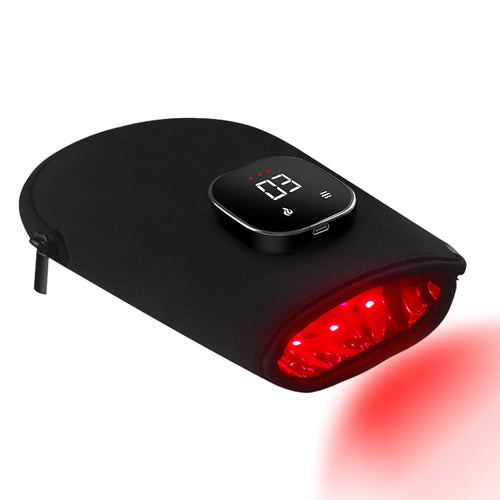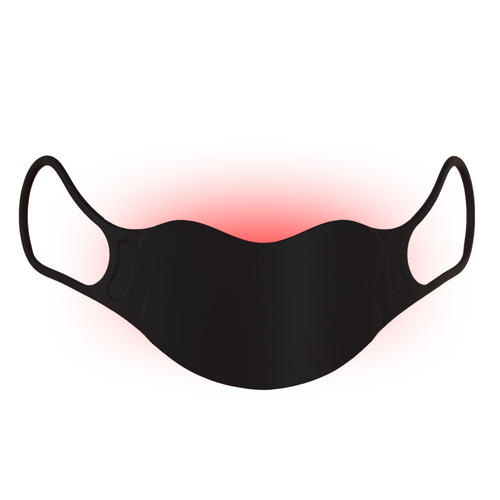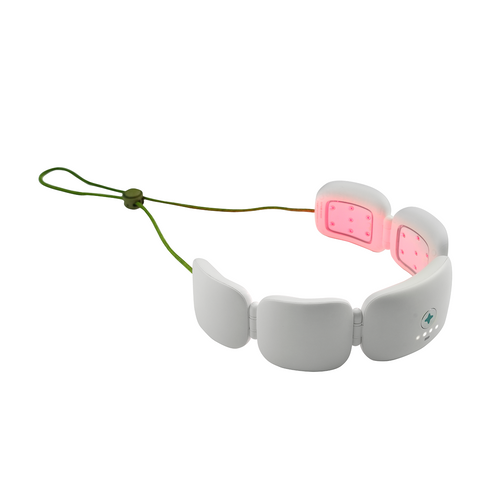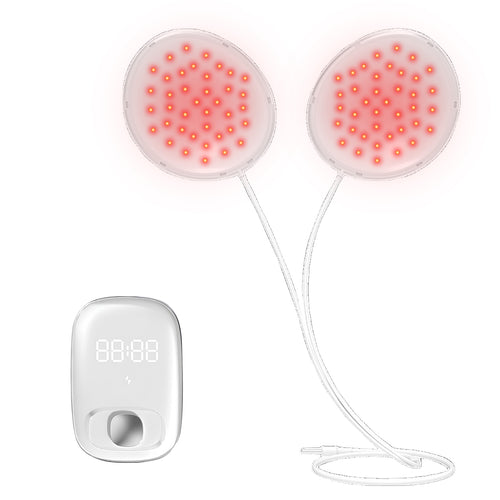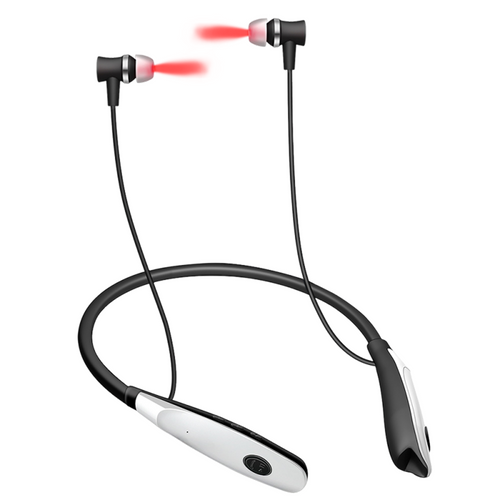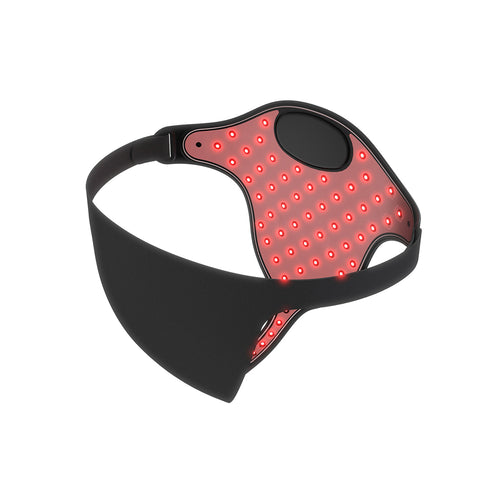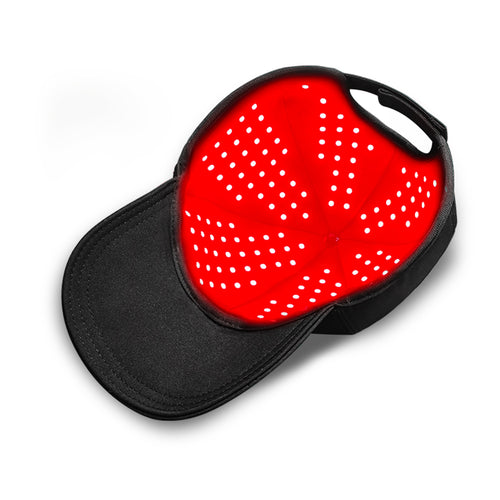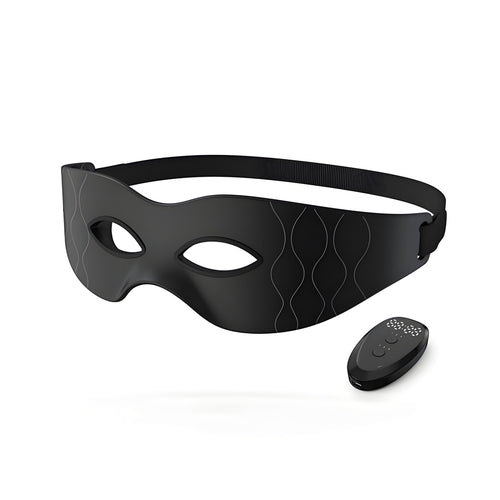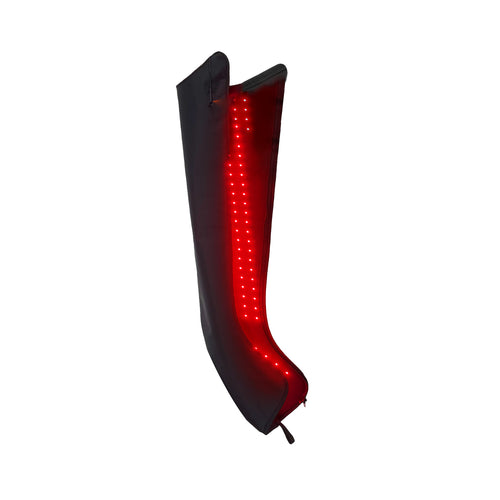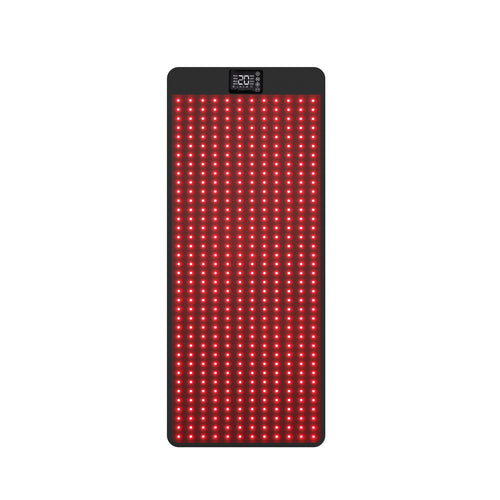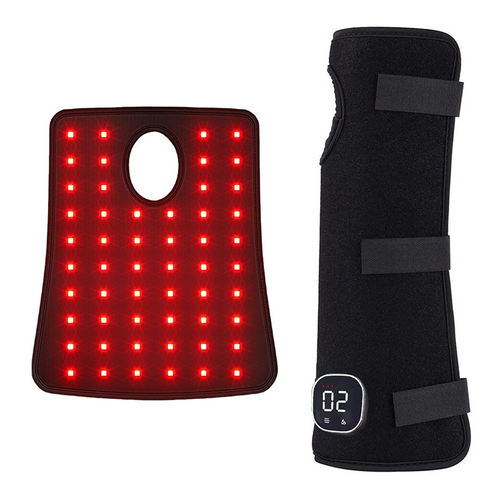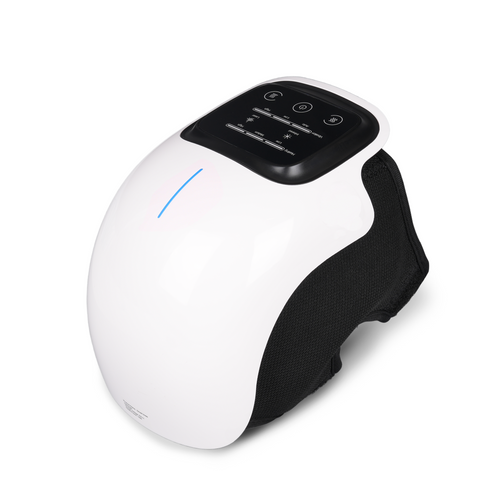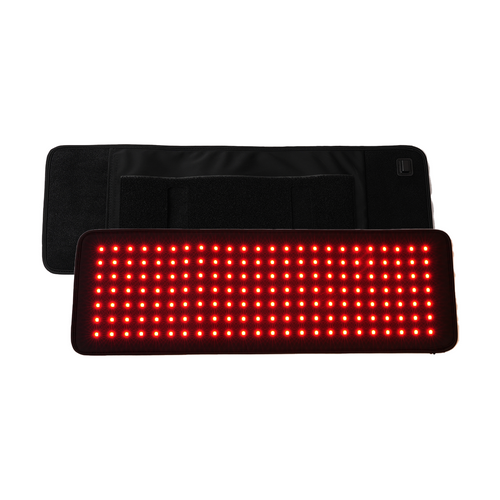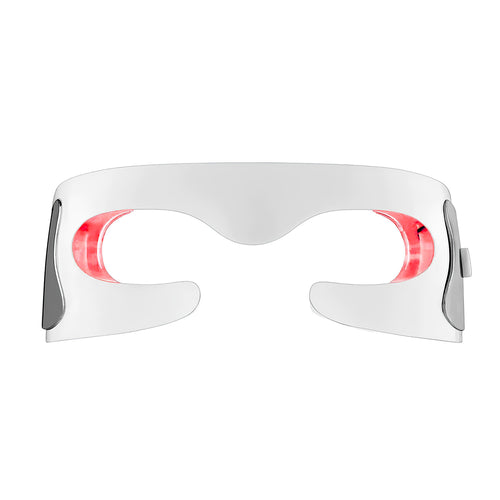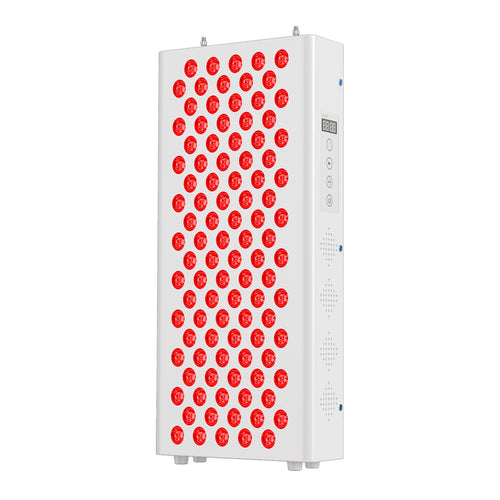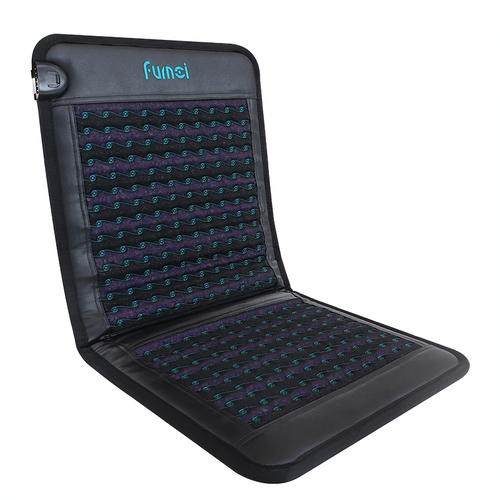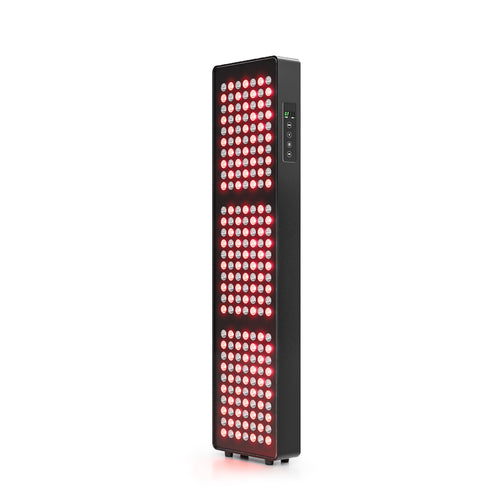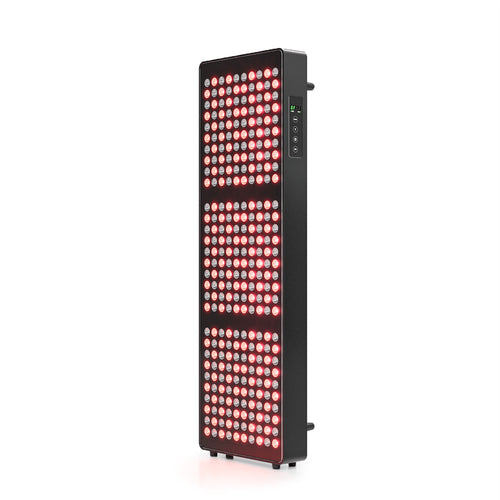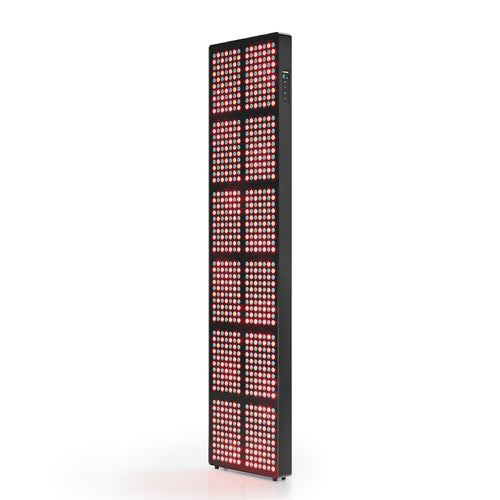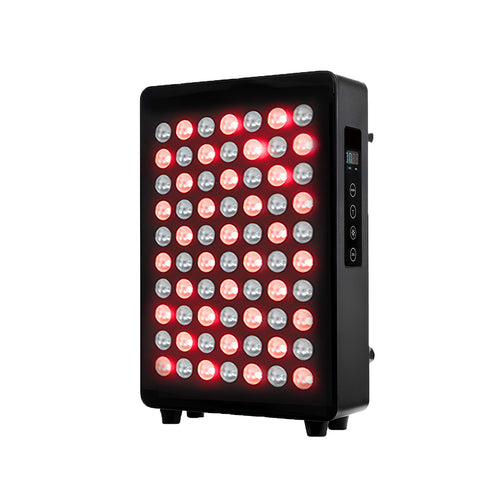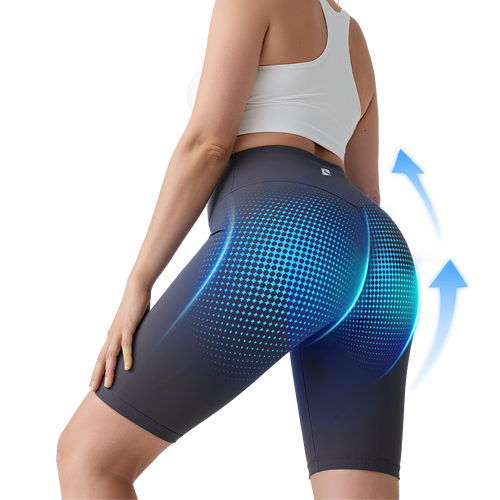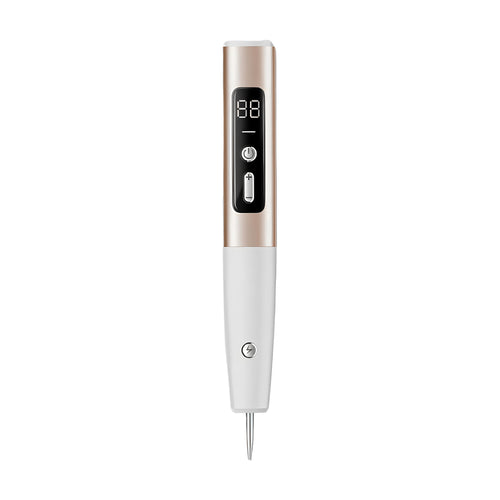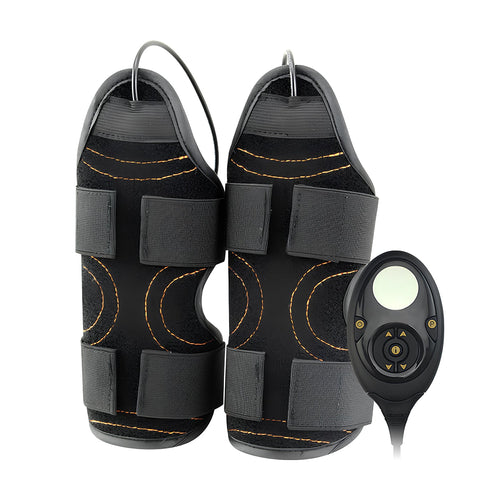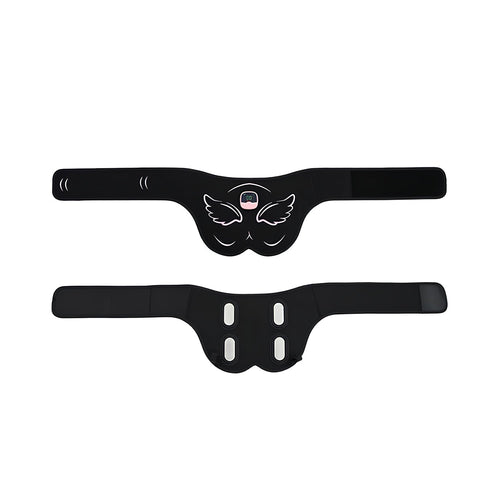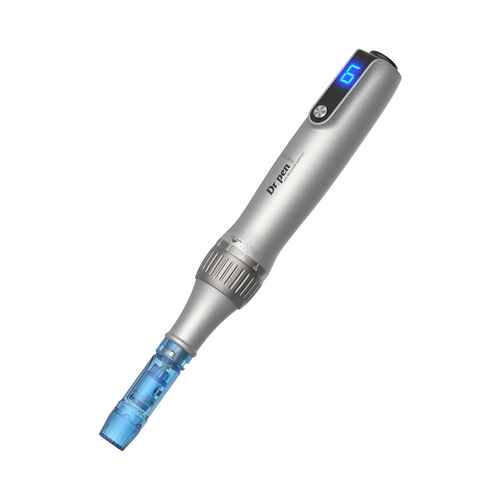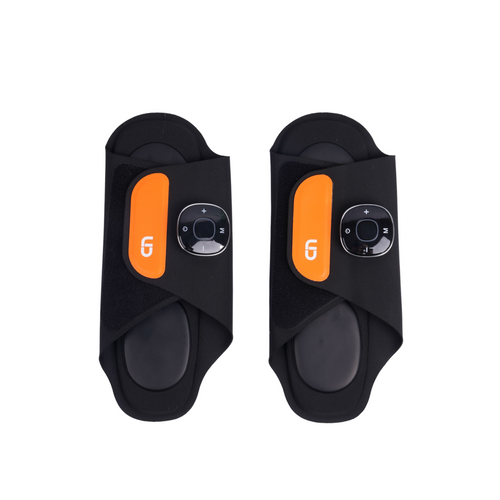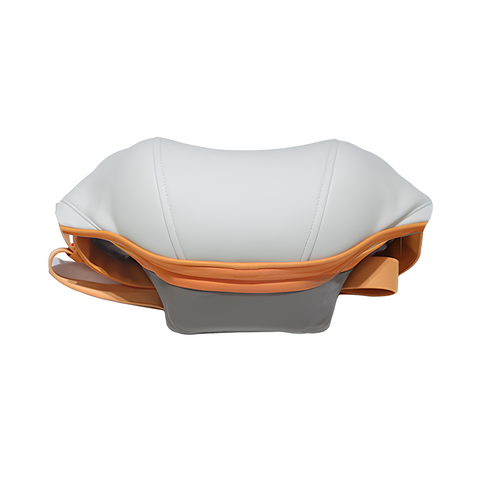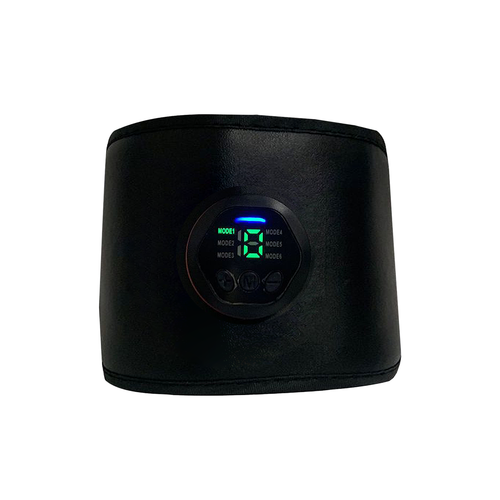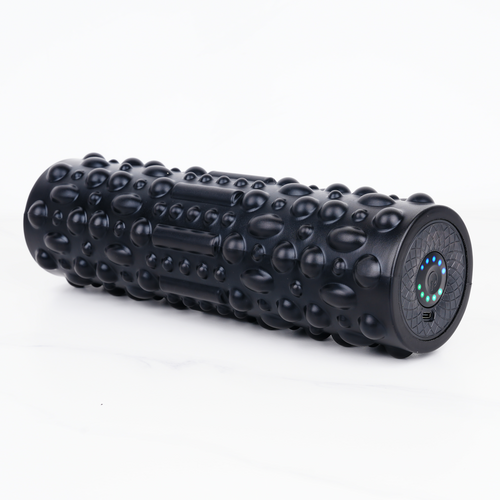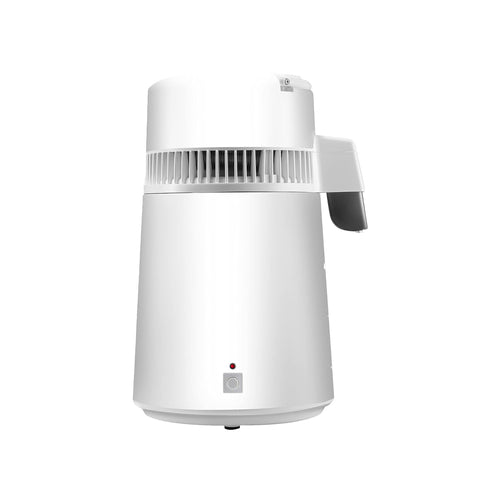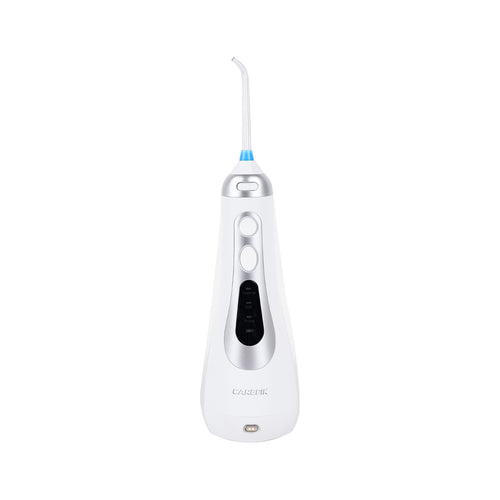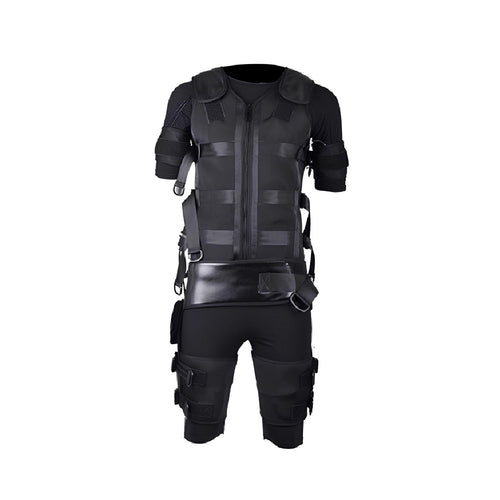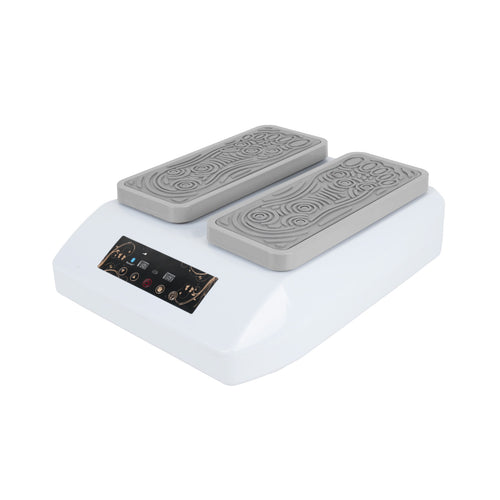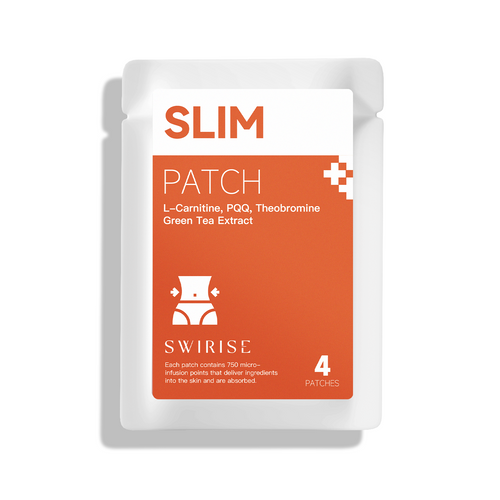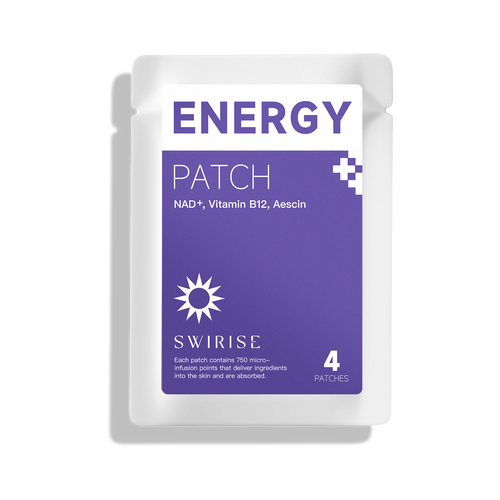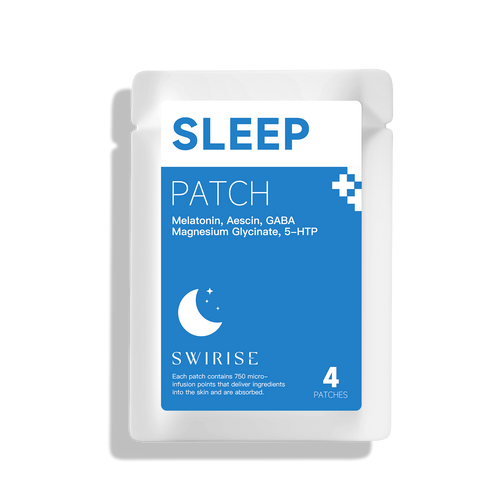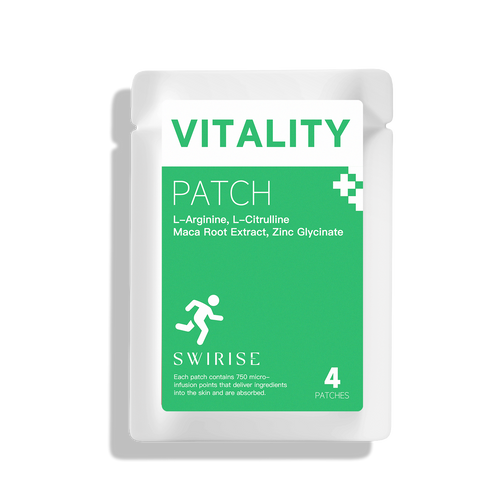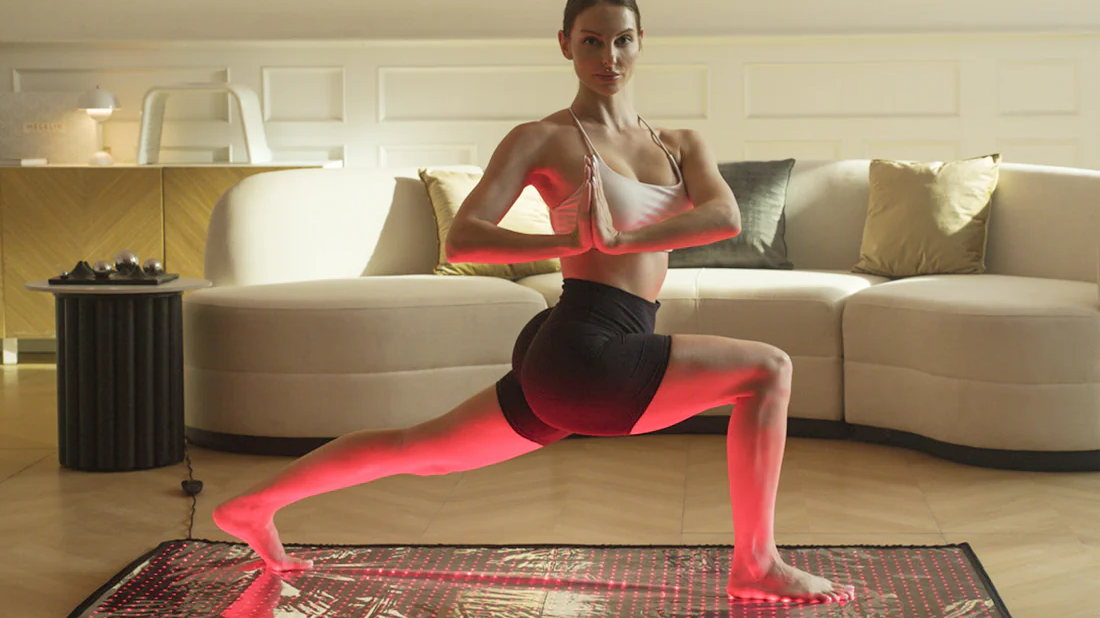
Nushape vs Mito vs Swirise: Best Full-Body Red Light Therapy Mat at Home in 2025
JustinLinRed light therapy has become one of the most trusted wellness tools for reducing inflammation, easing pain, improving recovery, and supporting skin health. But when it comes to full-body red light therapy at home, the question is: should you go for a red light therapy bed, panel, or mat?
Each option offers distinct advantages, ranging from clinic-level intensity to home-friendly convenience. Still, they differ greatly in cost, ease of use, and how they fit into your daily routine.
In this guide, we’ll explain how full-body red light therapy works, compare the most common device types, and explore why more users choose red light mats for an effective, accessible at-home solution.
1. How Red Light Therapy Benefits Your Body?
Full body red light therapy uses red and near-infrared wavelengths—typically around 630nm and 850nm—to stimulate your body’s cells at a deeper level. These wavelengths penetrate through the skin to reach muscles, joints, and even organs, where they boost mitochondrial activity and help your body produce more ATP (cellular energy).
What does that mean to you?
- Reduced inflammation and joint pain
- Improved circulation and muscle recovery
- Enhanced skin tone and collagen production
- Faster post-workout or injury healing
- Better sleep and lower stress
While spot treatments (like red light for the face) work well, full-body therapy delivers these benefits systemically, addressing multiple concerns in one session.
2. Comparison of Red Light Therapy Bed, Panel, and Mat
Red Light Therapy Beds:
Red light beds provide intense, full-body exposure with high irradiance, ideal for clinical-grade treatments. However, they are expensive, large, and impractical for home use, making them better suited for commercial settings.
Pros:
- Maximum power and full-body exposure
- Ideal for professional settings
Cons:
- Extremely expensive ($10,000+)
- Bulky and impractical for homes
Red Light Therapy Panels:
Panels offer high output and flexibility, allowing targeted treatments. However, they require setup and can be bulky, making them less relaxing and making it harder to achieve full-body coverage without multiple units.
Pros:
- High intensity and customizable targeting
- Suitable for focused treatments
Cons:
- Bulky and needs installation
- Uneven coverage without multiple panels
Swirise’s mat delivers full-body coverage with even exposure and is portable and affordable. While less intense than panels, it offers a simpler, more consistent therapy experience, making it ideal for home use without the complexity of beds or panels.
Pros:
- Full-body coverage in one session
- Portable, affordable, and easy to use
Cons:
- Lower intensity than panels (but more even exposure)
Red Light Therapy Beds offer powerful full-body exposure, ideal for clinical use, but are expensive, large, and impractical for home settings. Red Light Therapy Panels are flexible with high output and targeted treatment, but require setup, can be bulky, and may not even provide coverage for full-body therapy. In contrast, Red Light Therapy Mats, like Swirise, offer the perfect balance, providing full-body coverage, portability, ease of storage, and affordability, all while delivering consistent, even exposure. With a simpler, hassle-free experience, the mat is the most practical and user-friendly option for home use.
Now that we’ve explored the differences between the devices, let’s look at the best full-body red light therapy mats, comparing their features and benefits.
3. Best Full-Body Red Light Therapy Mats for Home Use
Swirise Red and Near-Infrared Light Therapy Mat for Whole Body
- Wavelengths: 660nm, 850nm
- Number of LEDs: 4320
- Irradiance: 140mW/cm²
- Dimensions: 71"*32"
- Price: $839
Swirise offers high irradiance (140mW/cm²) with 4320 LEDs for full-body coverage in one session. The dual wavelengths (660nm and 850nm) support skin repair, pain relief, and circulation. It's lightweight, portable, and versatile—effective whether lying down, sitting, or wrapped over the body.
MitoMAT™ | Mito Red Light | Full Body Red Light Therapy Mat
- Wavelengths: 660nm, 810nm, 850nm
- Number of LEDs: 3840
- Irradiance: 30mW/cm²
- Dimensions: 62"*24"
- Price: $1199
Mito's mat features a lower irradiance (30mW/cm²) with 3740 LEDs, requiring more time for similar results. It also uses dual wavelengths (660nm and 810/830nm), but its lower intensity makes it better for mild therapy. It's portable and convenient, but less powerful than Swirise.
Nushape Red Light Therapy Mat
- Wavelengths: 660nm, 850nm
- Number of LEDs: 2816
- Irradiance: 120mW/cm²
- Dimensions: 63"*27.5"
- Price: $1399
NuShape provides adjustable temperature and timer, as Swirise does, but its irradiance is also lower than Swirise’s, meaning slower results. It uses dual wavelengths for effective therapy, but doesn’t match Swirise in intensity or coverage.
4. Final Thoughts on Finding the Right Full-Body Red Light Therapy Solution
Red light panels offer high intensity but require more space and setup, while red light beds are effective but expensive, making them better suited for commercial use. Swirise, on the other hand, strikes the perfect balance with powerful full-body coverage, affordability, and ease of use, making it an ideal choice for at-home therapy.
With the increasing accessibility of red light therapy, it’s easier than ever to enjoy the benefits of faster recovery, improved sleep, and enhanced skin and joint health right at home. If you’re looking for a reliable, science-backed solution to support your wellness goals, a high-quality mat like Swirise offers the perfect combination of performance, convenience, and value, making red light therapy accessible for anyone ready to take charge of their health.
